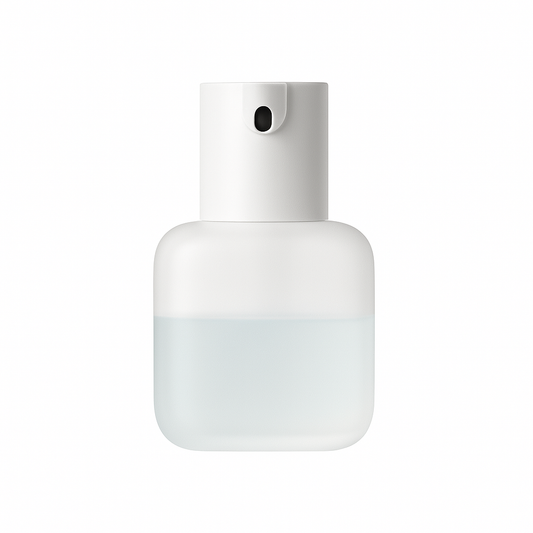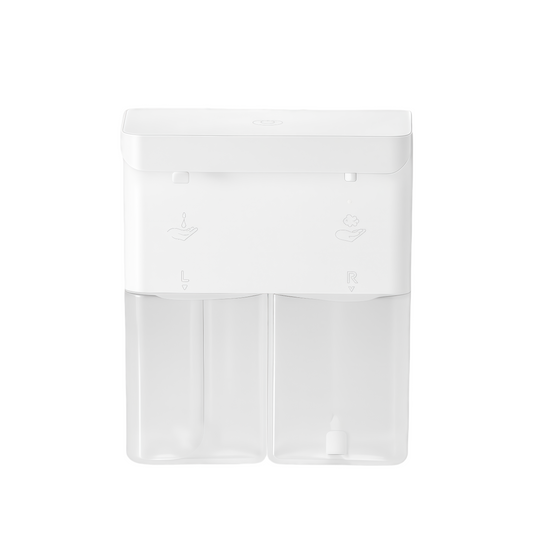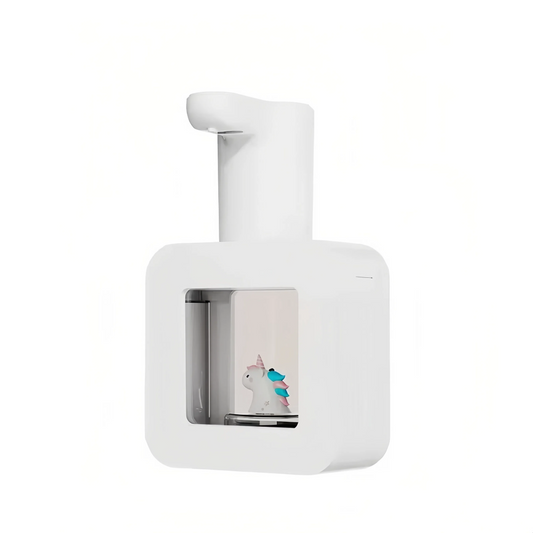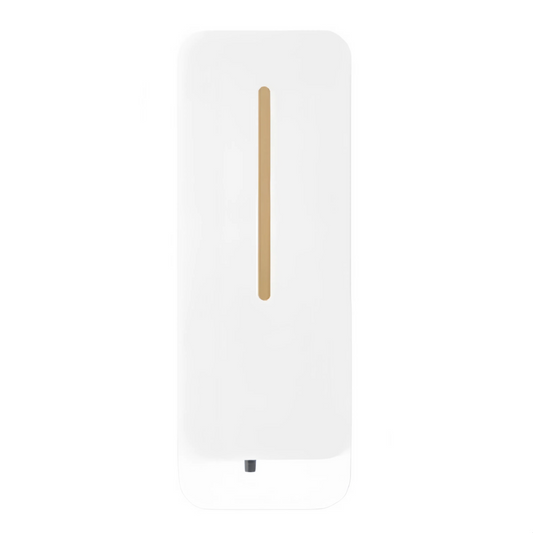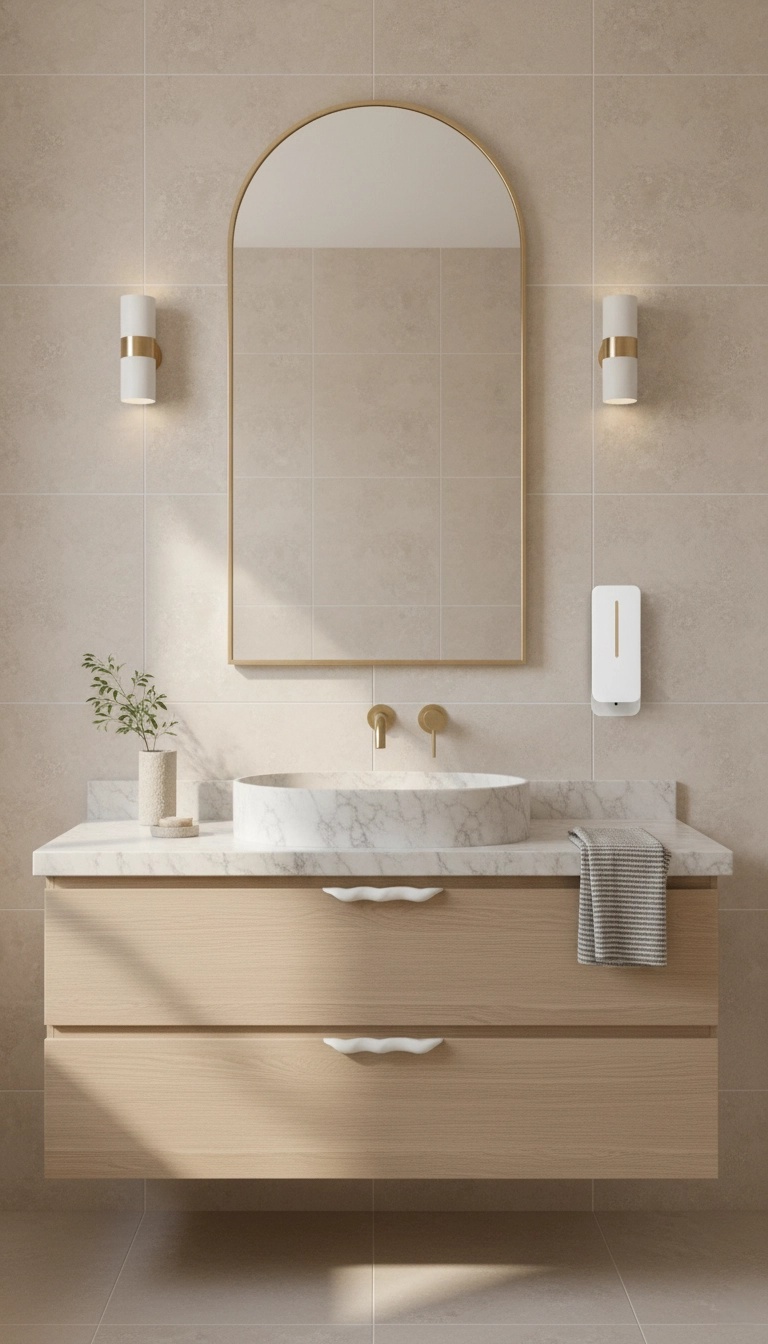
Why Is My Automatic Soap Dispenser Not Dispensing? Common Causes and Easy Fixes
Share
Automatic soap dispensers are a convenient way to maintain hygiene without spreading germs, especially in bathrooms and kitchens. Some options you might’ve seen before are linked here.
However, like with any device, they can malfunction. One of the most common issues users face is when the dispenser simply won’t dispense soap—no matter how much waving, tapping, or yelling is involved.
If you're asking, "Why is my automatic soap dispenser not dispensing?" you're not alone. Here’s a breakdown of the most likely reasons and how you can fix them.
1. Low or Dead Batteries
The Problem:
Most automatic soap dispensers rely on battery power. If the batteries are weak or dead, the sensor won’t respond, and the pump won’t work.
The Fix:
Replace the batteries with fresh ones (always check they are placed correctly).
Make sure the battery contacts are clean and not corroded.
If the unit is rechargeable, plug it in for a full charge.
2. Clogged Nozzle or Pump
The Problem:
Over time, soap residue can harden and block the nozzle or internal tubing, especially if the dispenser hasn’t been used for a while.
The Fix:
Clean the nozzle with warm water and a toothpick or small brush.
Run warm water through the tubing (if allowed by the manufacturer).
Let the dispenser soak in warm water for a few minutes to break up clogs.
3. Empty Soap Container
The Problem:
It might sound obvious, but sometimes the dispenser is simply out of soap—or the soap level is too low for the pump to pick up.
The Fix:
Refill the dispenser with the recommended type of soap.
After refilling, prime the pump by triggering it a few times until soap starts dispensing.
4. Thick or Improper Soap
The Problem:
Automatic dispensers are often designed for specific types of soaps. If the soap is too thick, the motor might not be strong enough to pump it.
The Fix:
Use only liquid soap (or whatever is recommended by the manufacturer).
Try diluting thick soap slightly with warm water (but not too much).
Avoid foaming soap unless your dispenser is designed for it.
5. Sensor Issues
The Problem:
The motion sensor might not be detecting your hand due to dirt, smudges, or poor lighting.
The Fix:
Gently clean the sensor area with a soft cloth.
Test the sensor in different lighting conditions.
Avoid placing the dispenser in direct sunlight or near reflective surfaces.
6. Internal Mechanical Failure
The Problem:
If the motor or pump is broken or jammed, the dispenser won't function—even if everything else seems fine.
The Fix:
Try resetting the unit (if it has a reset button).
Lightly tap or shake the unit to free any stuck components.
If still under warranty, contact the manufacturer for a replacement or repair.
Bonus Tip: Recalibrating or Resetting
Some high-end or smart dispensers allow you to reset or recalibrate them. This can resolve sensor or pumping errors. Check the user manual or the brand’s website for model-specific instructions.
When to Replace Your Soap Dispenser
If you've tried all the above and your dispenser still won't work, it may be time to replace it. Look for one that:
Has good user reviews.
Comes with a warranty.
Is compatible with your preferred type of soap.
Some examples are here:
1) Lume Automatic Soap Dispenser
2) Sudsie Automatic Soap Dispenser
3) PureTouch Wall Mount Automatic Soap Dispenser
4) EcoDuo Automatic Soap Dispenser
Final Thoughts
An automatic soap dispenser that won’t dispense can be frustrating but in most cases, the issue is fixable with simple troubleshooting. Start with the basics: check the batteries, clean the nozzle and sensor, and ensure you’re using the right kind of soap. If all else fails, it might be a sign that the device has reached the end of its life.
In that case, check out some soap dispensers that have been proven to be reliable and durable here.

